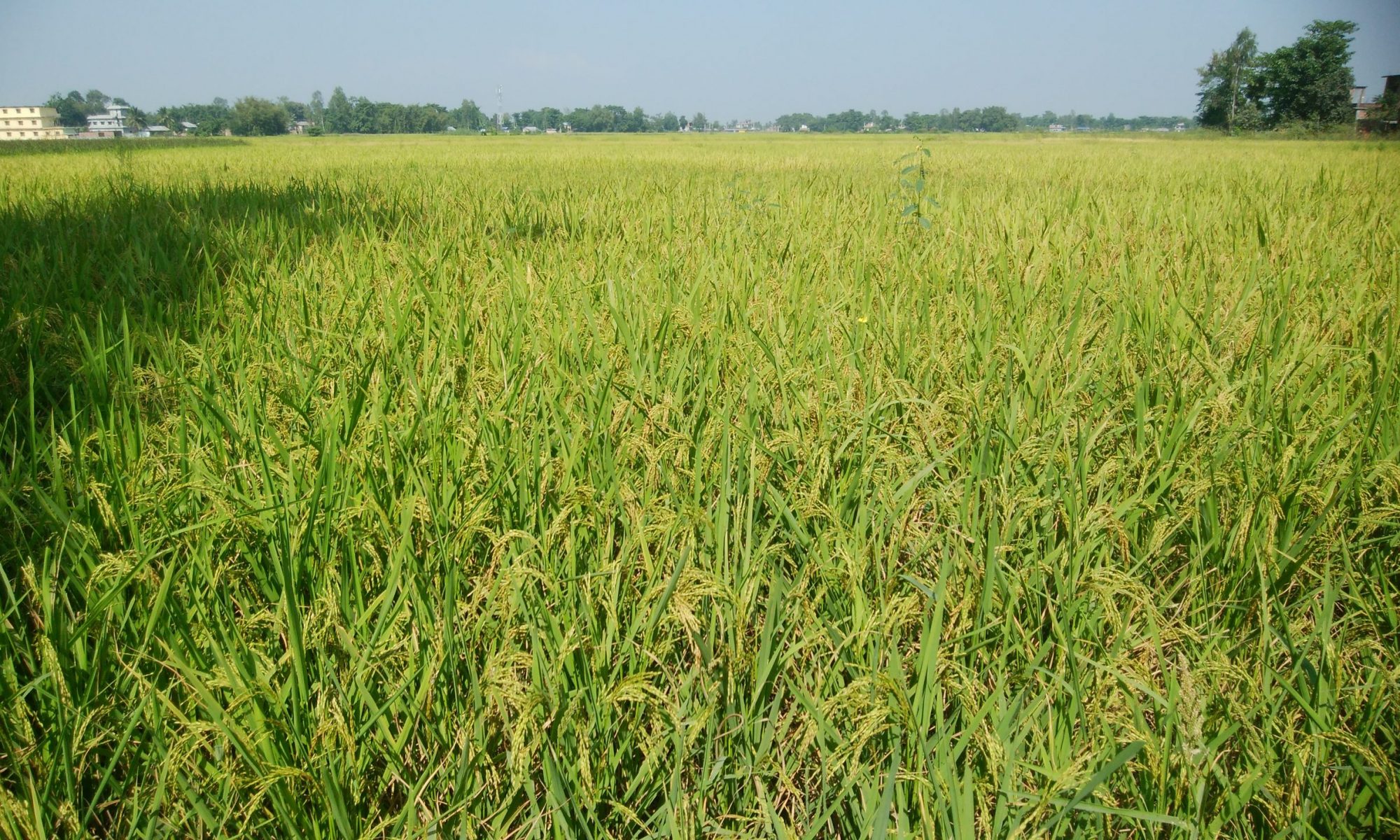I hold a B.E. degree in Electronics and Communication Engineering from Punjab Engineering College, India, an M.S. degree in Computer Science and Engineering from Seoul National University, South Korea, and a Ph.D. in Informatics from the Graduate University for Advanced Studies (SOKENDAI), Japan.
After completing my Ph.D., I joined the National Institute of Information and Communications Technology (NICT) in Tokyo in 2006 as a researcher. I currently serve as a Research Manager at NICT. From 2013 to 2023, I concurrently held a visiting associate professorship at the University of Electro-Communications in Tokyo, where I taught advanced network architectures to graduate students and supervised their research and graduation theses. Since October 2023, I have been a visiting faculty member at Waseda University, Tokyo. Additionally, I have served as a Rapporteur for ITU-T Study Group 13 since 2014.
My research interests include advanced network architectures, 6G networks, Internet of Things (IoT), information-centric networking (ICN), network function virtualization, software-defined networking, machine learning, artificial intelligence (AI), data science, terrestrial-satellite network integration, and cybersecurity. I have published over 150 peer-reviewed research papers in journals, magazines, and conferences. I have also edited 14 ITU-T Recommendations and Supplements on Next Generation Networks (NGN), Future Networks, information-centric networking, IMT-2020 (5G networks) architectures, and fixed-mobile-satellite convergence (FMSC), and submitted numerous contributions toward the development of these and other Recommendations. In addition, I have published an IRTF RFC and registered twelve patents.
In recognition of my work, I received the ITU Association of Japan’s Encouragement Award (2009) and Accomplishment Award (2017). I was honored with the Information and Communication Technology Award from the Telecommunication Technology Committee (TTC) of Japan in 2023 and the Nepali Diaspora ICT Award, Nepal’s highest tech award, in 2022. I have also received five Best Paper Awards at ITU Kaleidoscope Academic Conferences (2009, 2014, 2018, 2020, and 2022).
I am a Fellow of ITU-T Study Group 13, a Life Member of the Nepal Engineers Association, a Senior Member of IEEE, and a Member of IEICE.
More information about my involvement into various academic and professional activities can be found in my Research Map page.
